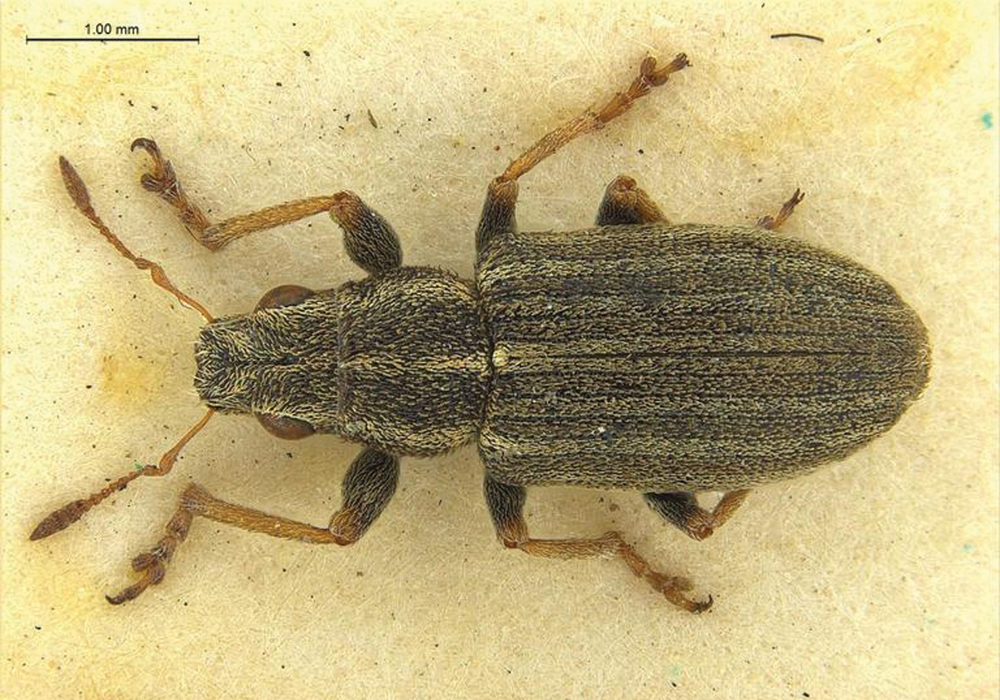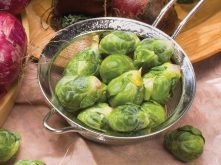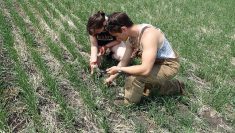Q: When and how should I scout for pea leaf weevils?
A: The pea leaf weevil, an invasive species, has caused notable damage and yield loss in pulse crops across the Prairies. Identifying and managing the pea leaf weevil early in the growing season is key to minimizing damage and protecting your yield potential.
Adults overwinter in shelterbelts, field edges and perennial legume fields, such as alfalfa. The adults emerge in early to mid-May when temperatures begin to warm up. They then migrate to host crops — field pea and fababean fields — to start feeding and mating. When the eggs hatch, the emerged larvae will bury into the soil and feed on the root nodules, creating an inability for the plant to fix nitrogen. The larvae will continue to feed until they mature into adults and then feed on above-ground foliage, eventually finding sites to overwinter again.
Read Also

Cancer agency reclassifies another herbicide ‘probably carcinogenic’
The WHO’s cancer research agency has now put atrazine, a herbicide well known to corn growers, in the same potential-hazard category where the agency put glyphosate.
When scouting for the weevil, it’s important to start looking early in the season, as newly emerged peas are the most vulnerable to damage. Begin at field edges and work your way into the field. Typical damage includes “c”-shaped notches in the leaves. Note any damage to the clam leaves on the pea plants. These are the leaves you want to protect. It is also a good idea to dig up the plants and look for any larvae or feeding damage to the root nodules.
Economic threshold is when 30 per cent of seedlings in the field have damaged clam leaves. Once peas are at the sixth-node stage, the weevil is no longer a concern, as the peas will produce new foliage faster than the weevil can eat.
Controlling pea leaf weevil is mostly done using registered seed treatments and foliar insecticides. Early seeding and the use of trap crops on field edges can help reduce weevil feeding. Maintaining a proper crop rotation within an affected area can also be a good practice. And, having proper fertility and inoculation will lessen weevil damage. Strong, vigorous plants can better withstand weevil attack.
– Lane Blanke, BSc, PAg, CCA, is a manager of agronomic services for Nutrien Ag Solutions in southwest Saskatchewan.















